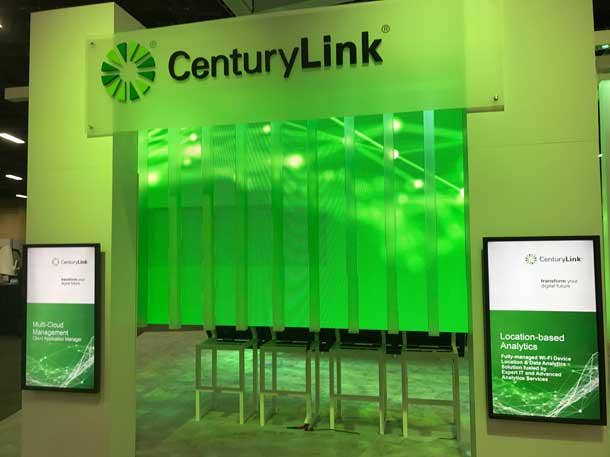5 Things Partners Should Know About CenturyLink's Channel Program Integration

CenturyLink closed its acquisition of fellow telecom giant Level 3 Communications last fall, and the two telecom giants have been busy working on integrating the two organizations ever since. Along the way, there were some changes to the indirect channel business unit as the two separate partner programs became one.
Lisa Miller, CenturyLink's president of wholesale and indirect channels and alliances, and Garrett Gee, vice president of indirect sales, filled CRN in on how the integration between the two channel programs has progressed, the emerging service areas that the new CenturyLink is bringing to the table that partners can take advantage of, and what partners can expect to see from the service provider.
Here are excerpts from the conversation.
Since CenturyLink's Level 3 acquisition last fall, what has been keeping the indirect channel team busy?
Miller: We spent a lot of time during integration looking at the channel and taking a best of breed [approach] between the two programs to really coming up with a plan that would take us into not only into 2018, but a recipe we could use for many years to come. We have continued down that path this year. We have a tactical team, a strategic partner team, as well as alliances and all things roll up under [Gee] now.
With one of CenturyLink's channel chiefs leaving and Garrett Gee becoming the provider's solo channel chief, how are the organizational changes impacting channel partners?
Miller: [Gee] has a strong bench of leaders within the master agent and tactical teams. If you think about what [John DeLozier, CenturyLink's former channel chief] was [responsible] for previously and what [Gee] had, it's now rolled together, and Gee has responsibility for all areas.
Gee: The strategy really isn't changing with the organizational shift. The focus is on having local support, so we can have channel managers and support engineers close to our sellers, whether they are direct partners or subagents of the master [agents] remain. Then, we have the strategic team that is really connecting with those strategic partners, so really no changes there, and then we are really bolstering the support organizations as it relates to the partner advocacy role and renewal teams.
What kinds of new resources is CenturyLink offering its partners today?
Gee: We took the two [CenturyLink and Level 3] channel teams and brought them together, but we also strategically added were needed more resources. The scale of the staff is far superior than were we were previously, so we are feeling good about the level of support we are providing our sellers. The actual accounts -- and the partners our managers are caring for -- are now smaller, so we believe they can provide a higher level of service at this point.
Miller: We also increased sales engineering support pretty significantly across the teams. That has been a key emphasis for a lot of our partners because they need that additional expertise where they may have gaps.
CenturyLink has been focusing on its shift away from legacy voice and connectivity solutions in favor of strategic IT solutions. What service areas should partners be looking at, if they aren't already?
Gee: The traditional telecom-focused partners are also transitioning into offering cloud-based solutions, security, SD-WAN and cloud, so that whole hybrid IT portfolio is becoming very apparent they are becoming the trusted advisor to enterprise clients and are bringing those solution and services to CenturyLink.
Miller: Hybrid networking is definitely a key area, and its one area in which we are investing heavily. We are focused on cloud, and all of those [services], like security and SD-WAN, are resonating with partners. Those are key areas and it's where we see our partners going, and there is great alignment in where we at CenturyLink are investing money.
Nearly a year after CenturyLink and Level 3 came together, what do you want partners to know?
Miller: We are really pleased with where we are. I believe our indirect team actually integrated faster than some of our other sales teams, so we were able to learn systems, tools and products between the two companies fast. We are one team now, and we have been driving a "one company and one culture" idea across the business and across our indirect organization as well. The culture has been a key factor, and integration is never quite over, but we feel like we are acting as one team on the indirect side.
Gee: We are feeling good about the balance of our leadership team and our staff, and that’s really assisted with a lot of the integration-related items. In the indirect channel, we have instituted buddy systems where our personnel works together in support of partners. Most of our partners worked with both companies previously, so it really aided our progress with the integration.